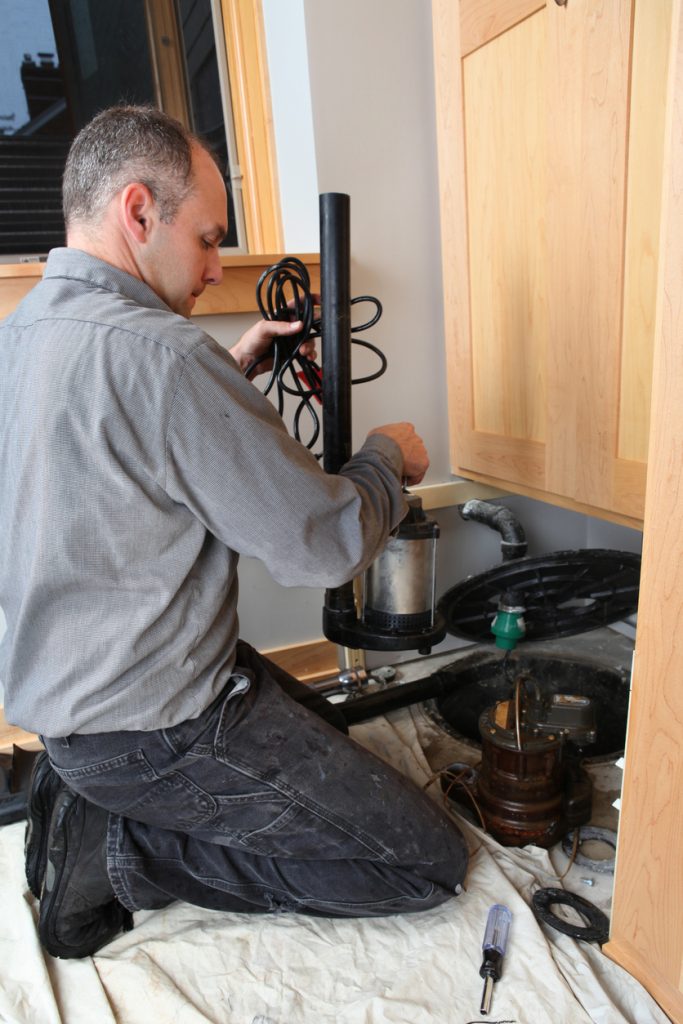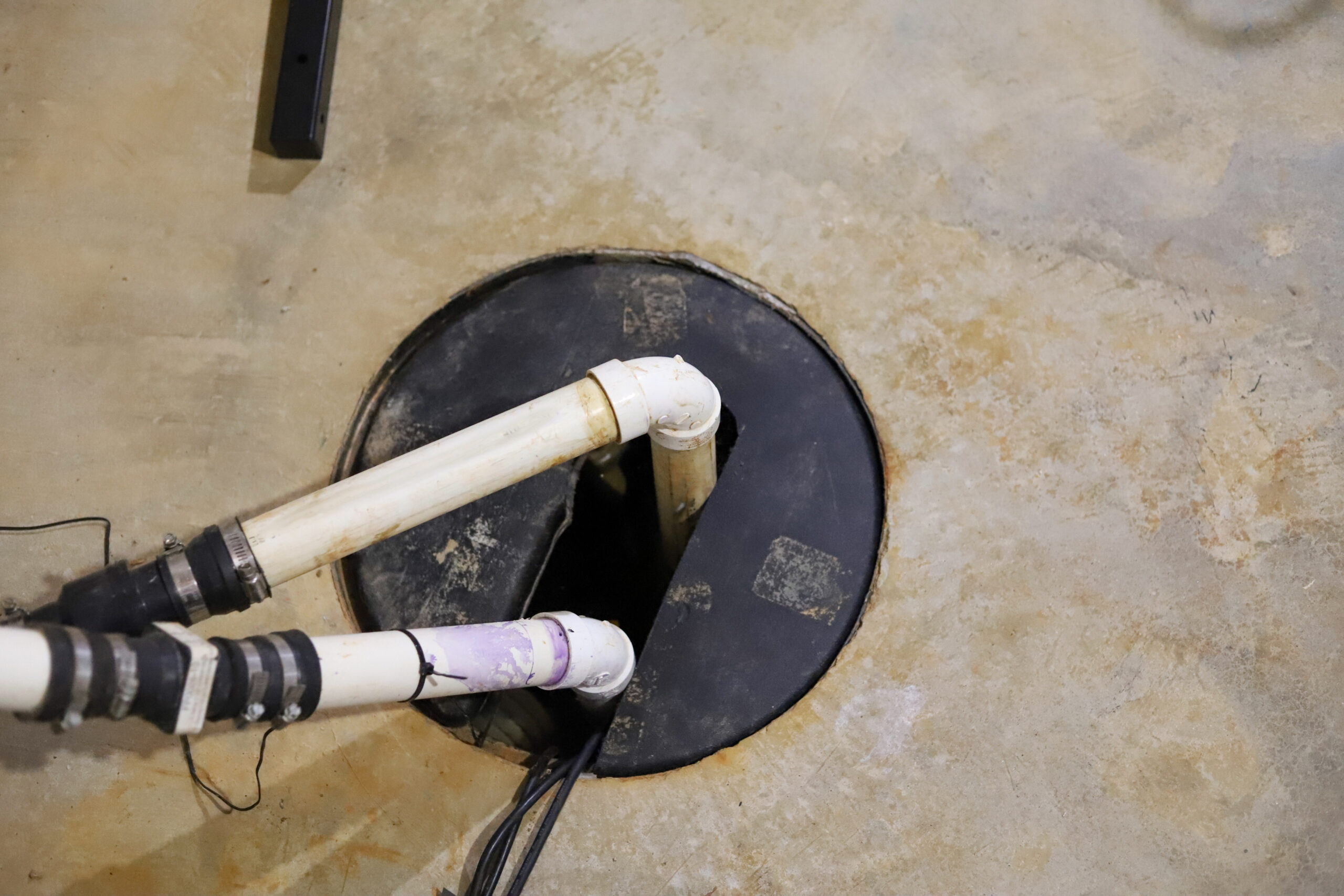They are making a number of great points relating to Steps to Cleaning Your Sump Pump Properly in general in the content further down.

Sump pumps are essential elements in several homes, especially in areas vulnerable to flooding or too much wetness. They aid stop water damage by successfully getting rid of excess water from basements or crawl spaces. Nevertheless, like any other device, sump pumps need normal upkeep to guarantee they work properly when needed one of the most. Cleaning your sump pump is a crucial part of its maintenance, and understanding exactly how to do it effectively can conserve you from pricey repair work and possible disasters.
Intro
Preserving a clean sump pump is essential for its appropriate functioning and long life. Neglecting this necessary task can lead to blockages, malfunctions, and ultimately, water damages to your property. Therefore, finding out how to clean up a sump pump is essential for property owners that rely on these gadgets to keep their basements completely dry and safeguarded.
Comprehending the Sump Pump
Before diving into the cleaning procedure, it's essential to have a fundamental understanding of how a sump pump functions. Generally set up in a pit or container listed below the basement flooring, a sump pump contains a number of essential components, consisting of a pump, a float button, and a discharge pipe. When water gathers in the pit, the float switch activates the pump, which after that pumps the water out with the discharge pipe, away from the building's foundation.
Indications of a Dirty Sump Pump
Knowing when your sump pump needs cleansing is critical for stopping possible breakdowns. Some usual signs that suggest a dirty sump pump include unusual sounds throughout procedure, lowered water flow, and visible particles in the pit. If you see any of these signs and symptoms, it's important to clean your sump pump quickly to prevent any kind of further problems.
Getting ready for Cleansing
Before you start cleaning your sump pump, it's essential to take some security precautions. Start by shutting off the power to the pump to prevent any kind of electric accidents. In addition, use ideal safety gear, such as handwear covers and goggles, to shield on your own from dust, particles, and prospective microorganisms.
Step-by-step Overview to Cleaning Up a Sump Pump
Turning off the Power
Begin by disconnecting the power supply to the sump pump to prevent any kind of crashes while cleansing.
Eliminating Debris and Dirt
Use a container or a scoop to eliminate any kind of noticeable particles, dust, or sediment from the sump pit. Dispose of the debris effectively to prevent it from blocking the pump or the discharge pipeline.
Cleaning up the Pump and Float Change
As soon as the pit is clear of debris, very carefully remove the pump from the pit. Evaluate the pump and the float switch for any indications of damage or wear. Use a soft brush or towel to clean up the surfaces and eliminate any gathered crud.
Purging the System
After cleaning the pump and float switch, purge the sump pit with clean water to eliminate any type of continuing to be dirt or debris. This will assist guarantee that the pump operates efficiently and efficiently.
Looking For Appropriate Performance
Before re-installing the pump, carry out a fast examination to ensure that the float switch activates the pump appropriately. Put some water into the sump pit and observe the pump's procedure. If whatever is working properly, you can reassemble the pump and reconnect the power supply.
Maintenance Tips to Maintain Your Sump Pump Clean
Along with regular cleansing, there are a number of upkeep suggestions you can follow to maintain your sump pump in ideal condition:
Conclusion
Cleansing your sump pump is a critical facet of its maintenance and makes sure that it runs effectively when you need it the most. By adhering to the steps laid out in this guide and including normal maintenance into your regimen, you can expand the lifespan of your sump pump and secure your home from water damage.
How To Effectively Clean A Sump Pump
If your home has a basement and it’s constantly flooding, installing a sump pump may be the best solution for your problem. A sump pump is an effective device that helps keep excess water away from your property. It is typically installed in the lowest point of the property (like a basement), where the pump’s valves can detect rising water and automatically turn on and start pumping the water into a designated drain outside your property.
Sump pumps available in the market today are all pretty tough, ensuring that the device can do its job for a long time. However, much like any piece of machinery, sump pumps must be maintained and cleaned regularly to ensure optimal performance and longevity. If a sump pump is not cleaned at least once a year, sludge and debris will eventually build up and cause all sorts of problems to the machine.
This article is all about just that: sump pump maintenance and cleaning. But before we get to the nitty-gritty, let’s take a quick rundown on the two types of sump pumps and their parts, so you’ll be able to understand the cleaning process clearly.
Submersible
Submersible sump pumps are powered by electricity and are composed mainly of a body and a motor. Submersibles are normally placed deep in a sump pit filled with water, which prevents the device from overheating so it can operate longer.
Pedestal
Pedestal sump pumps are mounted on top of a long tube that runs above the sump pit. Pedestals are great for small basements with limited space.
Prepare Cleaning Items
Some of the things that you should have on your cleaning list are a large plastic or garbage bag, a broom, a bucket, a scraping tool, and a shop vacuum. Once you have these items, shut off the water supply to your sump.
Light The Basement
Unless your basement has a good light source, bring a lamp or flashlight so you can better see what you’re cleaning, especially the bottom of the pit where debris can accumulate.
Remove The Sump
Unplug the equipment and take it out of the sum pit. Place this temporarily in your plastic or garbage bag to prevent excess water from dripping.
Clean The Pit
Check the sump pit for any dry leaves, twigs, and other debris that may have collected inside. Use the broom to sweep the bottom.
Clean The Sump
This process is best done outside, as cleaning sump pumps can be messy. Consider using a sump pump cleaning solution, although it’s better to settle for a garden hose and water. Use this to spray the sump. Afterward, use your scraping tool to remove any remaining grime. Follow this up with a second garden hose spray to ensure that your sump is completely clean.
Drain The Check-Valve
Doing this should drain any remaining water from the equipment. Use a bucket to catch the drained water to prevent unnecessary mess.
If the valve is the type that can be disassembled, do it so that any water can be drained out more efficiently. Afterward, reassemble the check valve, rinse it with water, and dry it outside.
Vacuum The Pit
After the check valve has been drained, you can use your shop vacuum to remove any standing water from the sump pit. Although this step is unnecessary, it will remind you never to place your sump in a dirty pit.
Replace The Sump
Reconnect your sump to the discharge pipe, but only after ensuring that the device is completely dry. Carefully plug the equipment in. If you have turned off the power source previously, turn it back on before plugging in the sump.
https://absolutefix.com/blog/how-to-effectively-clean-a-sump-pump/

Hopefully you enjoyed our article about . Thank you so much for taking the time to read through our piece. Loved our posting? Please quickly share it. Help somebody else locate it. I thank you for your readership.
Go Services